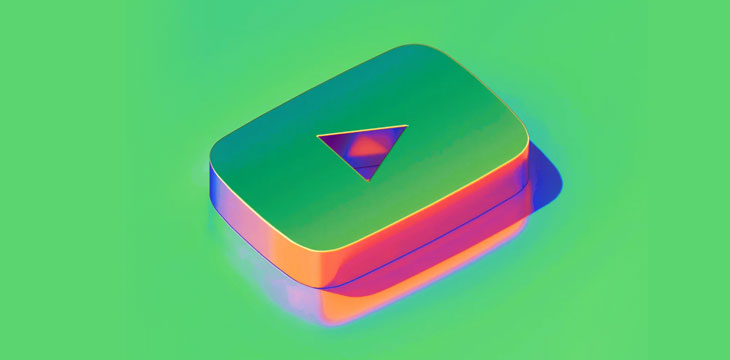|
Getting your Trinity Audio player ready...
|
There have been a number of solutions offered to help ease the Bitcoin’s network congestion issues, which would lead to lower fees. These include the Lightning Network (LN), which, on its website, promised to “create a secure network of participants which are able to transact at high volume and high speed.”
Put simply, a transaction on the LN is not a transaction between two individuals. It is the creation of a communications channel that ultimately becomes a complete network of communications channels to conduct a single transaction. As reported on Coingeek, a simple bet between Roger Ver and Felix Weis didn’t produce the anticipated results, with an LN transaction, the purchase of a small amount of goods, never being fulfilled.
A new series of videos is being produced and uploaded to YouTube seeking to provide a better explanation of the LN. They’re being produced by Don Wonton, and his channel is called ‘Decentralized Thought.’ Wonton has been a regular on various cryptocurrency forums, and is an active poster on Reddit.
In the first video, Wonton defines the LN as a network of routed payment channels. The video concentrates on payment channels and to provide an overview of how they work. Wonton explains the LN as being like an abacus—two ends with a thin rod connecting them, with beads sliding along the rod between the two ends. The rod is the LN channel, and the beads are the SegWit-Coin BTC (also referred to as Bitcoin legacy or Core). A SegWit-Coin BTC user simply slides the cryptocurrency across the rod, with no way to add more SegWit-Coin BTC without completely dismantling the beads, or channel.
Wonton does a good job at trying to create a real-world example. A SegWit-Coin BTC user, ‘user A,’ finds out that a local grocery store is now accepting crypto payments. User A cannot simply go to the store, select the items and pay with SegWit-Coin BTC. He has to open a payment channel with the grocery store, and put the cryptocurrency on the “abacus.” When trying to pay for the groceries, user A finds that the payment was rejected, and that the SegWit-Coin BTC didn’t exist on the channel.
Between the time of putting SegWit-Coin BTC on the channel and paying for the groceries, user B, a friend of user A, had gone to the store, and made a payment that was routed through the channel that users A and B had. It doesn’t mean that the cryptocurrency is lost; it means that it isn’t accessible on the channel between user A and the grocery store.
It’s an interesting video that does a good job of explaining the flaws of the LN. It’s only 4 minutes and 18 seconds, with a lot of information crammed into the space. The remaining videos have proven to be just as enlightening. Check out Wonton’s other videos at his YouTube channel, Decentralized Thought.

 12-30-2025
12-30-2025 




